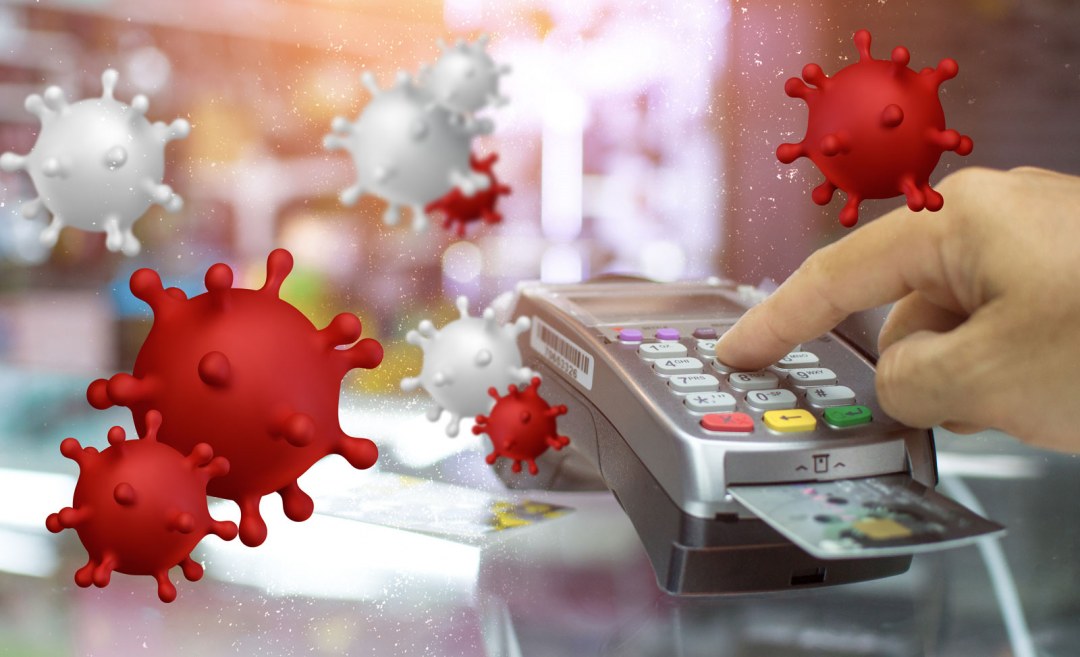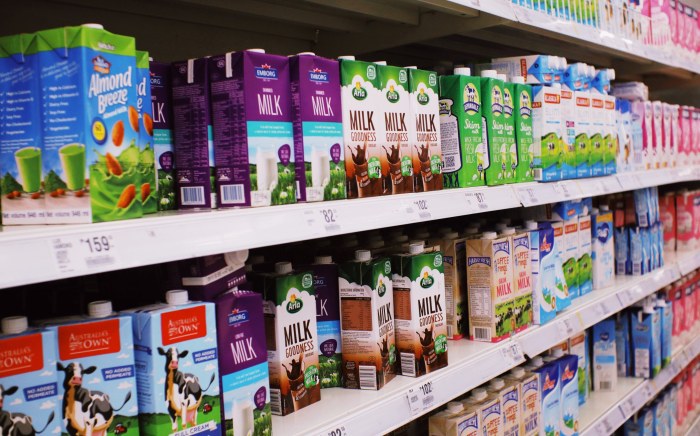All of a sudden, all payment surfaces are scary.
Eftpos machines, ATM touchscreens, debit cards, POS terminals, and even our old friend – cold hard cash.
For frequent shoppers, the use of these payment mechanisms has rapidly become the harbinger of fearmongering and suspicion as it has transitioned overnight from a harmless everyday function to a potential threat to our health.
When going about our daily routine, many of us may make a half dozen payments. Our morning caffeine fix, the petrol station, dry cleaners, supermarket, restaurants – the list goes on. Every in-store transaction terminal that is such an integral part of our everyday lives, is now a potential hazard for every opportunistic virus circulating our environment.
Despite being confined to our isolation bubbles, we still have to shop in-store for our daily groceries necessitating interactions with eftpos machines. The word ‘payment terminal’ may be about to take on a whole new meaning!
The pace and direction of developing payment technology have possibly failed to factor in its role as a transmission point for a global health crisis. Dire hypotheticals of ‘what if’ has now become a grim reality.
Will there be a rush to instigate a global network of contactless payment systems?
In the new world of the conscientious shopper, we may start to see consumers discriminating against stores that don’t facilitate their new requirement for paying without touching a terminal and they may well revert to buying online for many of their purchase choices.
The Bank fee Dilemma
Traditionally, many small retailers have discouraged the use of contactless transactions, like Paywave in-store, due to the dent it lays into their often already small margins. In fact, New Zealand has fallen behind Australia and Britain in this field, as the current regulations mean our fees are two to three times higher. Banks such as ANZ, BNZ, ASB, and Kiwibank are trying to combat the current issue, removing Paywave fees on payments using a debit card until the end of June. Westpac has gone further, waiving fees for the next six months.
Amazon Go Grocery
Another emerging contactless payment option is the “Just Walk Out” shopping experience created through Amazon’s new full-size grocery stores. Courtesy of the new Amazon Go application, no longer will customers need to check-out at a register; but simply walk in, pick up their grocery’s and walk out. For shoppers who prefer an in-store experience, AI-based innovations like this take a step further in giving us an insight into what the future of retail might hold. In turn, overcoming the limitations of contactless bank cards and mitigating the spread of infectious diseases like COVID-19.
What about Cryptocurrencies?
The potential spreading of infection through physical banknotes and cards, along with the lack of contactless payments raises the question of how this will affect the development of cryptocurrencies like Bitcoin, or a new crypto-backed New Zealand dollar. Cryptocurrencies not only allow shoppers to avoid physical transactions but also facilitates a near-effortless transfer of value between borders. Unlike bank transactions, they allow for immediate payments without middlemen taking a cut.
Although digital currencies might not be a total COVID-19 payment solution today, cryptocurrency adherents do have a rare opening to advance their argument that bank controlled payment options might become obsolete; if they continue as the main viable option for the average shopper.
In the meantime, there are very few currencies, apart from Bitcoin, that can be used as digital payment, and with the crypto giant’s current laborious transaction speed – it isn’t believed it will achieve mass-adoption in the near future. However, as cryptocurrency continues to gain popularity, we may see it rise to prominence sooner rather than later.
We are now entering uncharted territory, economically and digitally, and there is a consensus both that our current payment systems are not fit for purpose, and that previous in-store methods of the transaction are becoming increasingly redundant. What is clear is that there will be a seismic shift in digital payment systems, as a result of shopper demand for a safer experience.





